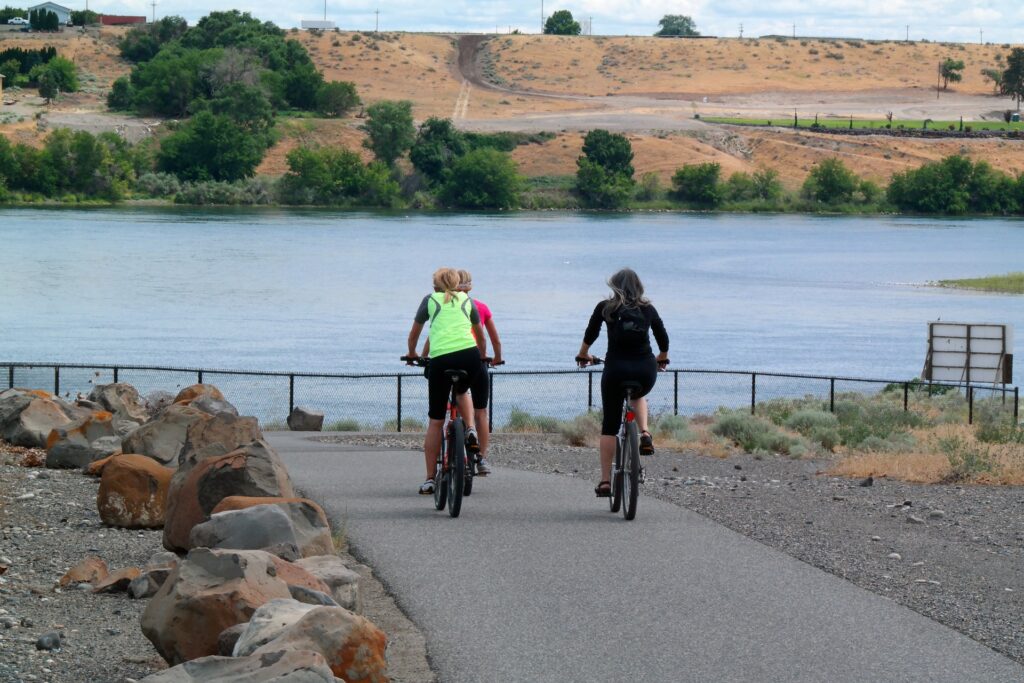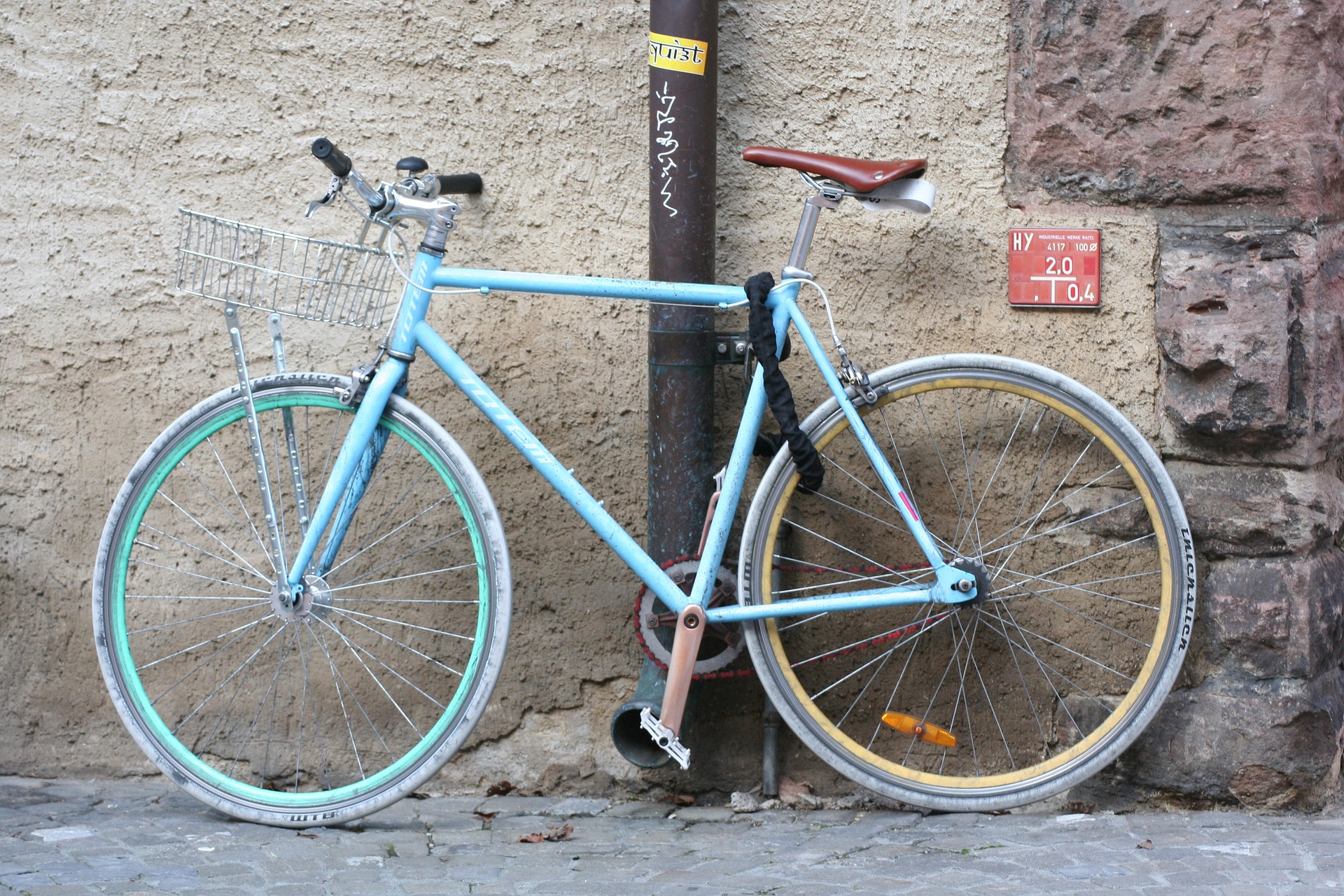Who first invented bicycle? It’s obvious that riding a bicycle is fun, its history has been rocky because many people are unsure about when it was originally created or came into existence. A yearly Bicycle History symposium takes place in an effort to clarify the many ambiguities and unknowns that exist in the history of the bicycle.
Although I am aware that some improvement has been made, I am still able to give you this post because of that. The need for such a historical review is evidence of the bicycle’s shifting influences and its connection with the culture and civilization of its temporal and spatial setting.
The bicycle has a long history that begins in the early 19th century. German aristocrat Karl Drais created the first bicycle, known as the “running machine,” in 1817. It had two wheels, a steering handlebar, and a seat that was upholstered out of wood. By kicking off the ground with their feet and then coasting on the wheels, the rider would advance.

The Karl von Drais-created “running machine” or lovely horse The rider propelled this device by pushing himself forward while keeping his feet on the ground. It was challenging and perhaps dangerous to maneuver without pedals, a steering wheel, or brakes.
Ernest Michaux and Pierre Lallement created the velocipede, the first real bicycle. He included the crank and pedals but not the brakes in 1861, which led to numerous risky “headers.”
The inclusion of pedals and cranks in the 1860s and the invention of the chain-driven bicycle in the 1880s are two significant developments in this design’s history. Bicycles today come in a wide range of forms and styles, each one suitable for a particular use, from commuting and recreational riding to professional racing and mountain biking.
The lack of some of the safety measures present on modern bicycles, notably in the late 19th and early 20th centuries, made older bicycles potentially riskier to ride. Some early bicycles were equipped with merely a crude coaster brake that activated when the user pedaled backward or none at all.
This made it challenging to stop quickly, particularly when traveling downward. Earlier bicycle frames were often joined together with metal brackets and screws and were constructed of wood or metal tubes. Early frames could be more prone to flexing or shattering under stress and were less stable than contemporary bicycle frames. They had a shaky frame to maintain equilibrium.
Early bicycles were less safe and more uncomfortable to ride than current bicycles, despite having a significant impact on the evolution of modern transportation and recreation. Early bicycles frequently lacked lights or reflectors, making them challenging to see in poor light or at night, raising the possibility of accidents.

Early bicycle tires were frequently constructed of solid rubber, which offered no traction or shock absorption and resulted in a rough and uncomfortable ride. They did not have sturdy tires for movement. Early bicycles were less agile and more difficult to control than current bicycles because they were heavy and awkward to maneuver. They demand a lot of effort because they are so tough to handle.
In the past, air-filled tube tires and gears, as well as a diamond-shaped frame with equal-sized wheels, were customary for women’s bicycles. Turning up the volume on the bicycle fad became a game-changing moment for women thanks to innovations for the “safety bicycle,” which allowed riders to go faster with a decreased risk of danger.
Women’s movement outside the home was increased by bicycles. To come and go as she wanted, whether to work outside the home or take part in social causes, a woman didn’t need a horse. Those who had been constrained by Victorian expectations for behavior and dress may defy expectations and leave the house. “Look at her out here, riding a bike, wearing bloomers, and doing what she wanted to do” many people would say.
The “rational clothing” movement, which urged women to abandon long, burdensome skirts and bulky undergarments, was aided by the bicycle mania. Shorter skirts could fit on safety bicycle frames, and the bold ladies opted for bloomers that looked like men’s pants. Elastic was used in the creation of a sports corset to ensure comfort when working out.
in the globe today With ergonomically sound seats, handlebars, and pedals, contemporary bicycles help to lessen tiredness and discomfort during extended rides. A variety of safety measures on contemporary bicycles, such as effective brakes, reflectors, lights, and helmets, help to lower the possibility of accidents and injuries. In comparison to early heavier bicycles, modern bicycles are frequently constructed of lightweight materials, making them easier to manage and maneuver.
Conclusion
We can’t help but be grateful for the mode of mobility that the bicycle provided in the past, but we also value the technological improvement that has been made possible by the current generation of bicycles that have been designed to meet certain needs. Contemporary bicycles are typically faster and more effective than previous bicycles because they often have more sophisticated gearing sets, efficient designs, and ultralight components.

